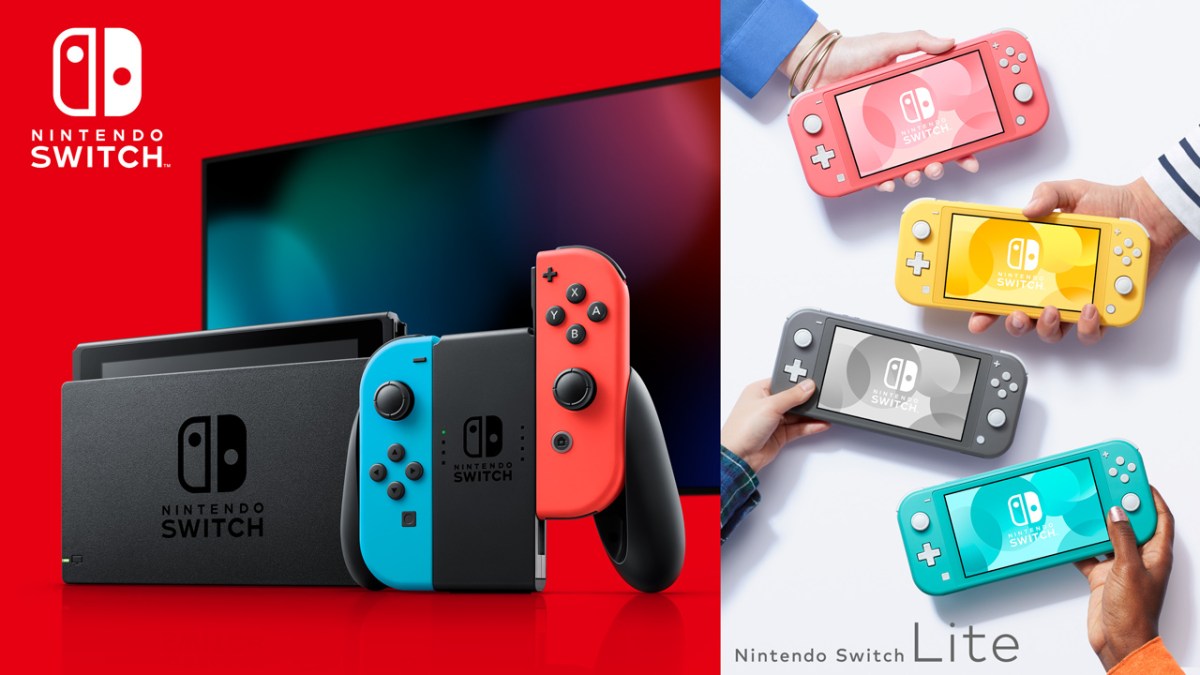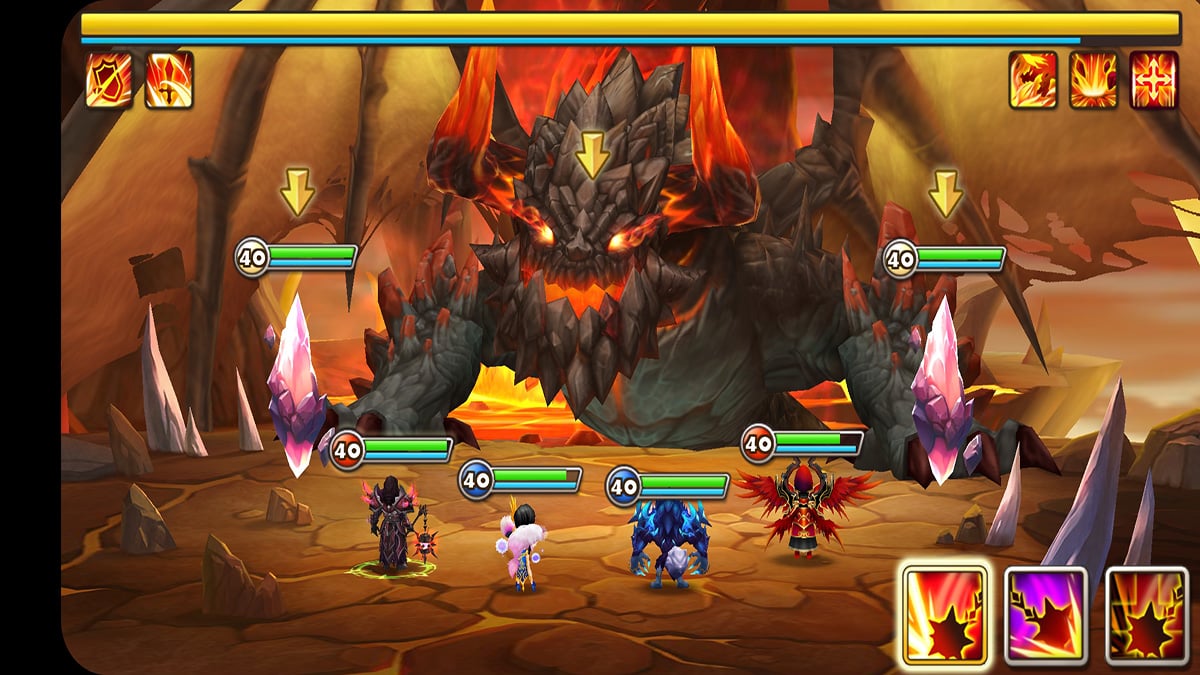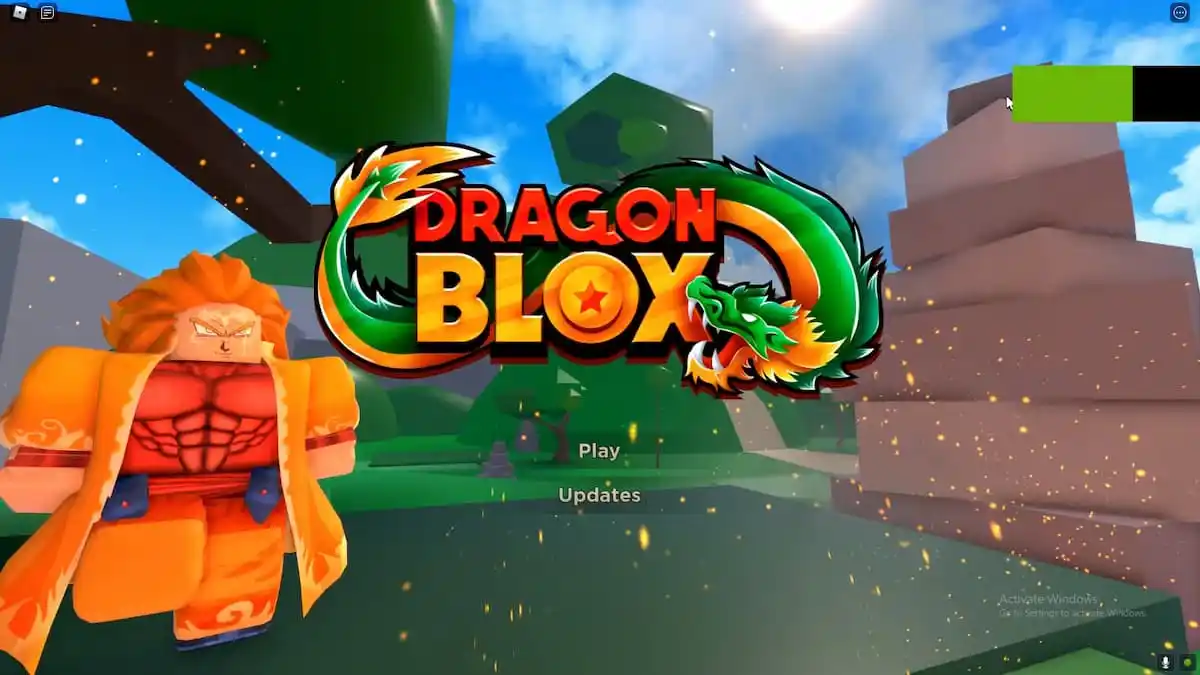The Nintendo Switch is a great device. The ability to transition from console gaming to a portable, handheld device is unparalleled. The Switch Lite eliminated the docking station, making it perfect for gamers on the go.
The downside to unique and convenient portability is the lack of storage space. The Switch’s top competitors, Sony’s PlayStation 4 and Microsoft’s Xbox One, have, at minimum, 500GB of storage. By comparison, the Nintendo Switch and the Switch Lite have 32GB. The lack of storage space wasn’t a problem when gaming consoles relied on disks and cartridges. The largest game files were not on the device. With the transition to digital game files, storage space suddenly became a problem. And it’s a problem Nintendo hasn’t countered.
The Switch has a large digital store, big game files, with no space to save them. The problem only worsens as the Switch ages. Legend of Zelda: Breath of the Wild is one of the top Switch games, and one of the first games released on the console. Its digital copy is 13.4GB. While the physical copy only costs 3GB. If players bought all three of the following:
- Breath of the Wild: 13.4GB
- Pokemon Sword or Pokemon Shield: 10.3GB
- Animal Crossing: New Horizons: 6.4GB
Along with any DLC content the games have, they would only have less than 1GB of space remaining for any other games.
MicroSD Cards and the Nintendo Switch
As gaming libraries expand, players can increase the Switch’s pathetic storage with a microSD card. It’s important to note that Nintendo recommends UHS-I (Ultra High-Speed Phase I) compatible cards with a 60-95 MB/sec transfer speed. The Switch accepts most types of microSD cards:
- MicroSD: up to 2GB
- MicroSDHC: 4GB to 32GB
- MicroSDXC: 64GB and up.
If players get a microSDXC card, the Switch will need to perform an update.
Top five microSD cards for the Nintendo Switch
If you’re willing to shell out the cash, there are very microSD cards with tons of gigabytes of storage. Some can go all the way up to 500GB or more. Most likely, you’ll want something a little less expensive. MicroSD cards haven’t changed much in recent years. Ones released in 2017 may still be quality storage devices for years to come.
Samsung EVO Select microSD
Samsung may be associated with phones, but they are more than cellular devices. The Samsung EVO Select line of microSD cards may be from 2017 but are powerful with tons of space. The line includes microSDHC and microSDXC cards. They range from 32GB all the way to 512GB.
SanDisk Extreme microSD card
SanDisk is a strong brand in the microSD world. Camera enthusiasts and gamers alike can attest to their quality, and the SanDisk Extreme is a fast microSDXC card line from 2018. The cards range from 32GB to a massive 1TB. If you want to maximize storage space and are willing to spend the extra money to do so, the SanDisk Extreme is your best bet.
SanDisk microSDXC for the Nintendo Switch
Officially licensed by Nintendo in 2018, SanDisk has their own line of microSD cards designed for the Nintendo Switch, complete with Super Mario characters and designs. If players need the brands to match, this is a good option. Nintendo’s endorsement may also alleviate any anxieties about the cards. These cards range from 64GB to 256GB.
SanDisk Ultra
Another of SanDisk’s lines. The SanDisk Ultra is another MicroSDXC series from 2019 that ranges from 16GB to 512GB. These microSD cards are more recent than some of the other cards on the list. While technology hasn’t changed too much, it is unnerving to get cards already three years old by now.
Gigastone Gaming Plus microSD cards
Gigastone lacks the name and authority of SanDisk or Samsung, but the lack of notoriety helps cut the price. Gigastone’s Gaming Plus microSD cards range from 16GB to 512GB and released in 2019. They are lower in cost than some of the others on the list, which makes them a good budget opportunity for players that want to save but need to expand their Switch’s storage space.
There are a range of microSD cards available that will work with the Nintendo Switch. SanDisk alone has several different lines that are more than capable of storing multiple game files. When choosing a microSD card, the main concerns will be cost for the size. The cards listed here have a variety of prices and sizes available.
Original article written by Rebekah McPherson. Update written by Adelaide Weiss.
This article includes affiliate links, which may provide small compensation to Gamepur.







Published: Jul 16, 2020 12:00 am